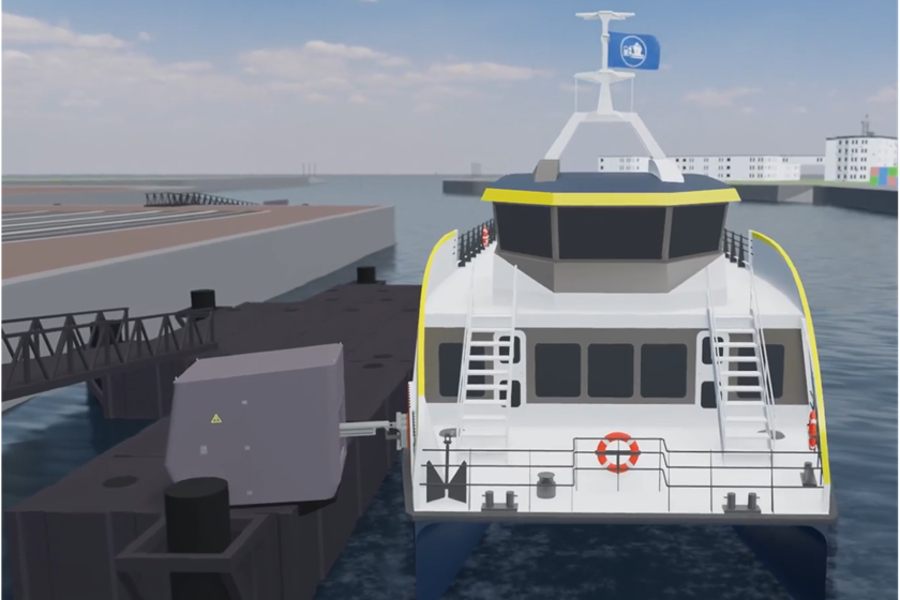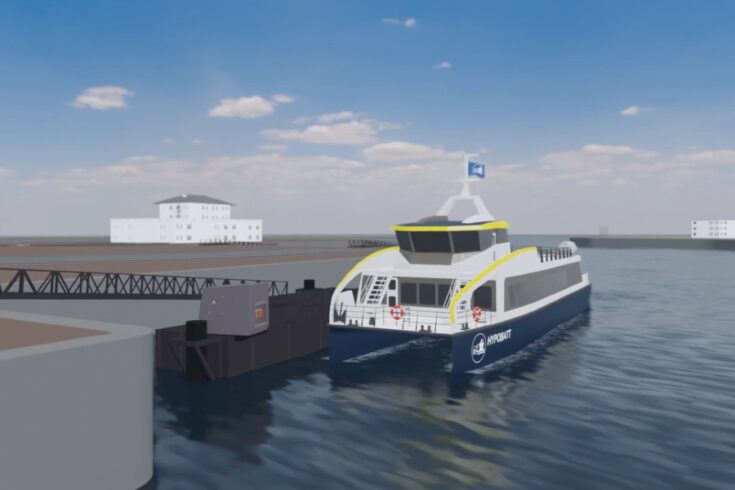The transport sector is a major culprit when it comes to greenhouse gases, accounting for nearly a quarter of all CO2 emissions. And after road and air transport, the next biggest amount of global CO2 emissions comes from shipping. We urgently need to make our vessels more sustainable.
Speeding up electrification of ships
Looking for ways of reducing maritime emissions is the Horizon Europe HYPOBATT (hyper powered vessel battery charging system) project, which is working to speed up the electrification of ships. Bringing together key players from the European maritime sector, it is both developing fast-charging systems for vessels and demonstrating them at selected locations. This includes on the ferry service between the north German ports of Norddeich and Norderney.
Through HYPOBATT the aim is to have a modular, simple, multi-megawatt charging system that will enable ships to be recharged shortly after docking. And by having a standardised system, shipping operators will know that their vessels can be recharged wherever they go, encouraging them to go electric.
Transforming the shipping industry
Alan Younger is a Project Manager at Otaski Energy Solutions, which is one of the UK partners on HYPOBATT. Alan is also a Project Manager on the related Flexship project, which is developing large and flexible battery systems for use on ships.
He explains:
While many of the partners in the project are from the shipping industry, we fit in with our expertise around the charging and discharging of different kinds of electric vehicles: both the hardware that this involves, and the software. There are already some electric ships in operation in Europe, but this project is looking at transforming the whole shipping industry.
For the fast-charging of ships there are all kinds of considerations that we have to take into account: for example how many batteries ships need, how much they can weigh, and how ports will cope with large tidal ranges (being able to charge ships as they go up and down with the tide).

Vessel charging. Credit: HYPOBATT Technische Hochschule Ingolstadt
A sustainable business model
Of course, encouraging shipping operators to electrify their vessels depends on more than just having the right technology and infrastructure in place: it also needs to make sense from a business point of view. And it is in this area that the other UK partner in HYPOBATT is playing an important role.
Dr Stathis Tapinos is Reader in Strategic Management at the Hunter Centre of Entrepreneurship in Strathclyde Business School. He says:
We’re responsible for the evaluation of new business models for hyper charged vessels. The challenge with this kind of technological revolution is that there are a lot of uncertainties.
But at Strathclyde Business School we have expertise in scenario planning, enabling us to take uncertainties and risks into account in designing new business models for the new technologies.
For a big project like this, you need these different angles to come together: both the technical development side, and the wider question of what it will take for businesses to adopt the new technology.
Top image: Vessel port. Credit: HYPOBATT Technische Hochschule Ingolstadt

